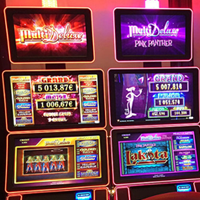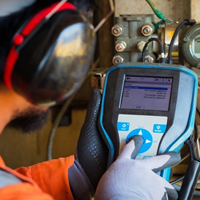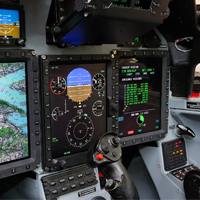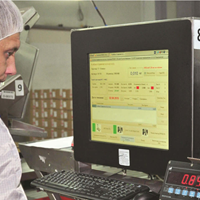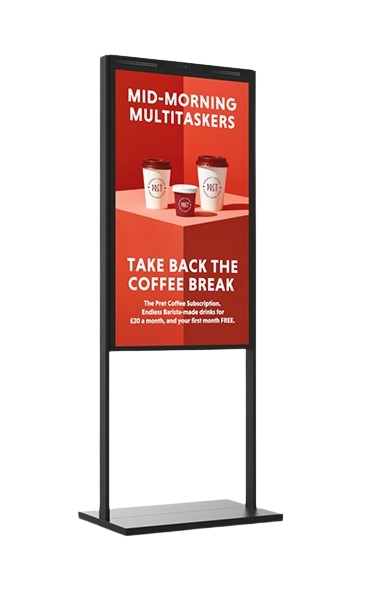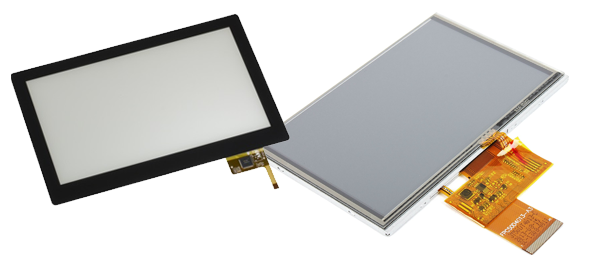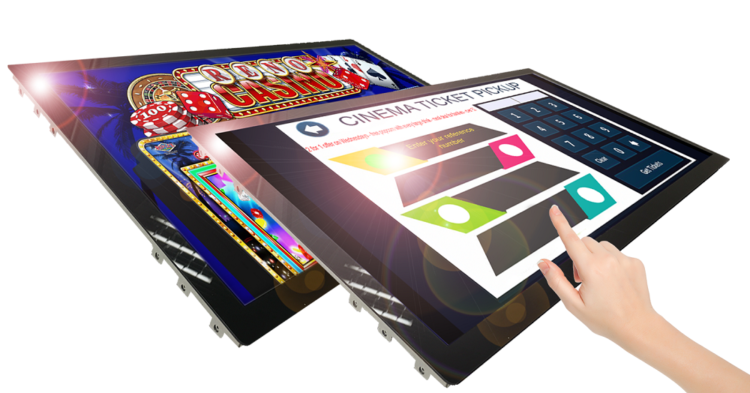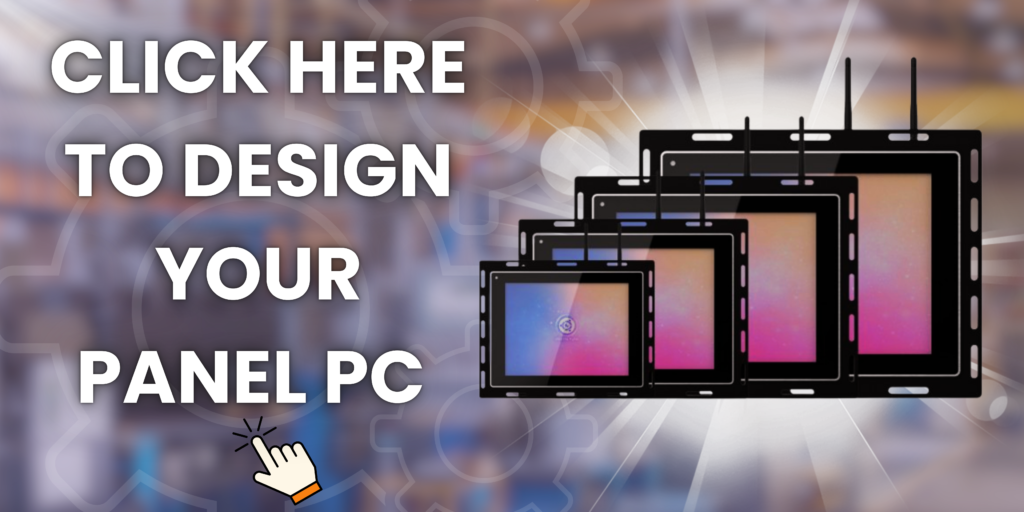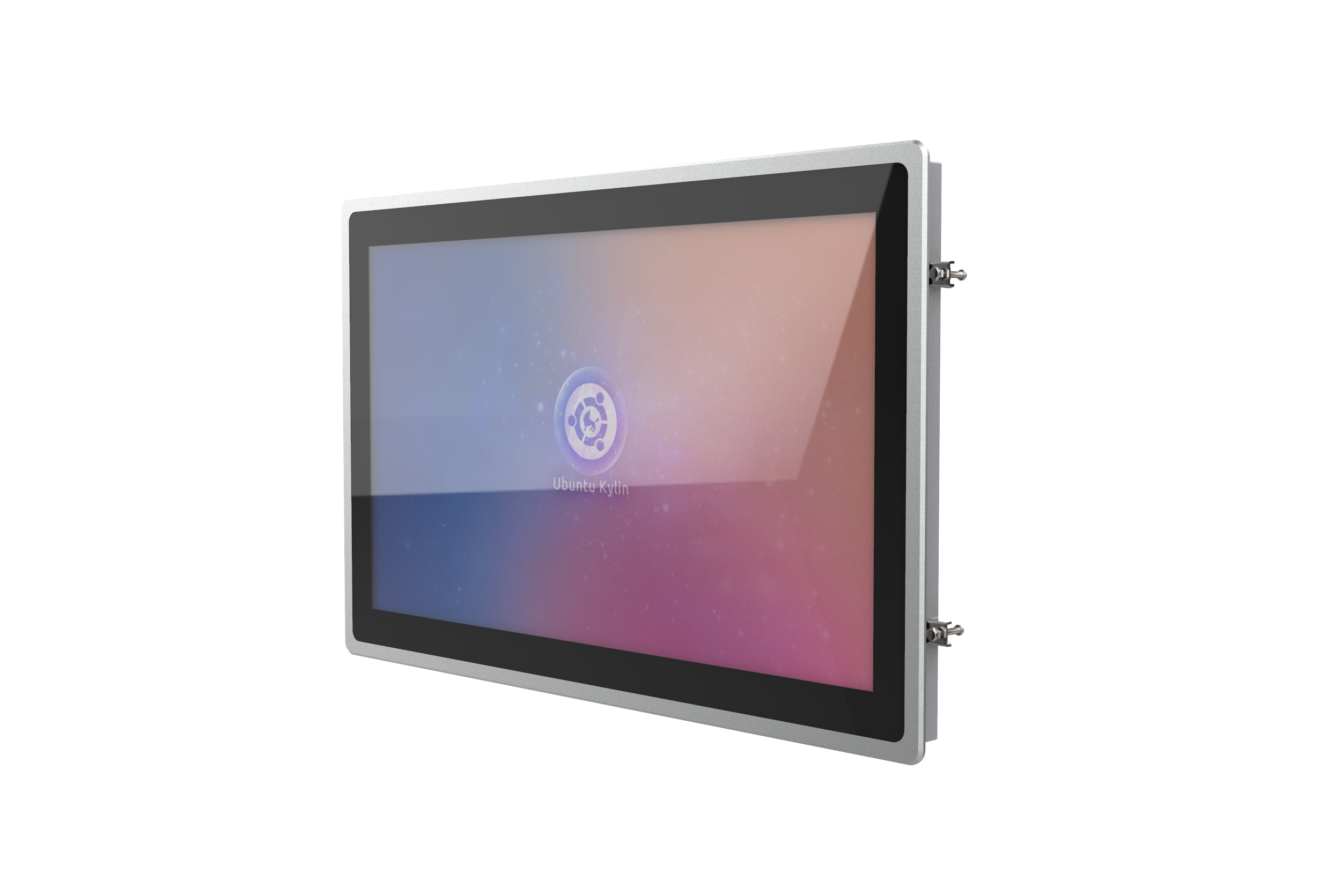With the digital signage revolution well underway and the price of touch screens falling year on year, important questions for marketers have emerged; when does a digital signage project need to be interactive and in which scenarios are touch screens most effective?
Digital signage is widely recognized as being the most effective and noticeable means of delivering a message to consumers and its advantages over the more traditional printed alternatives are clear to see. So when is interactivity wanted?
In large scale examples such as billboards or unreachable hoardings, having a touch function would of course be rather pointless. Digital signage and touch screens simply play in different spaces.
Retail outlets are deploying touch screens to give customers a more comprehensive online-style service. As online shopping continues to take over, large high street chains are being forced to rethink their sales strategies. It would therefore seem that the retail environment is ideal for touch screen deployment.
Touch screens are also being used to dispense information. Another non-essential, but very convenient application for touch screens is disseminating information in museums and art galleries. In any given exhibit or art installation there is nearby literature or notices describing the work and the artist.
The use of a touch screen in this situation makes for a much more efficient use of space, allowing supplementary accompanying information to be displayed.
Touch screens have amazing functions and provide businesses with entirely unique possibilities to promote their products and services.
To find out more, visit our Digital Signage page. Or to turn any display into a touch interactive sensation check out our Displax Touch Foil Page.
For more information please email info@crystal-display.com or call our main office on +44 (0) 1634 327 420



